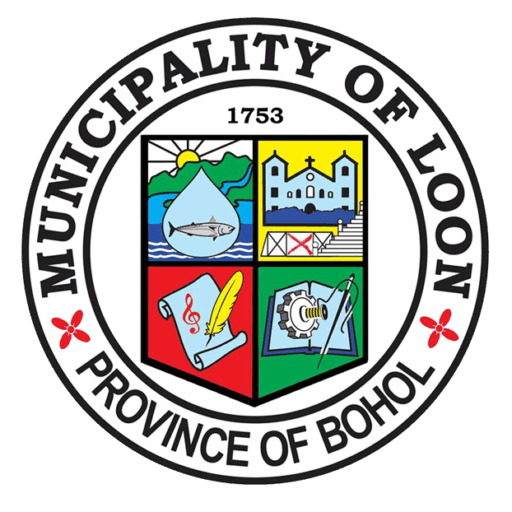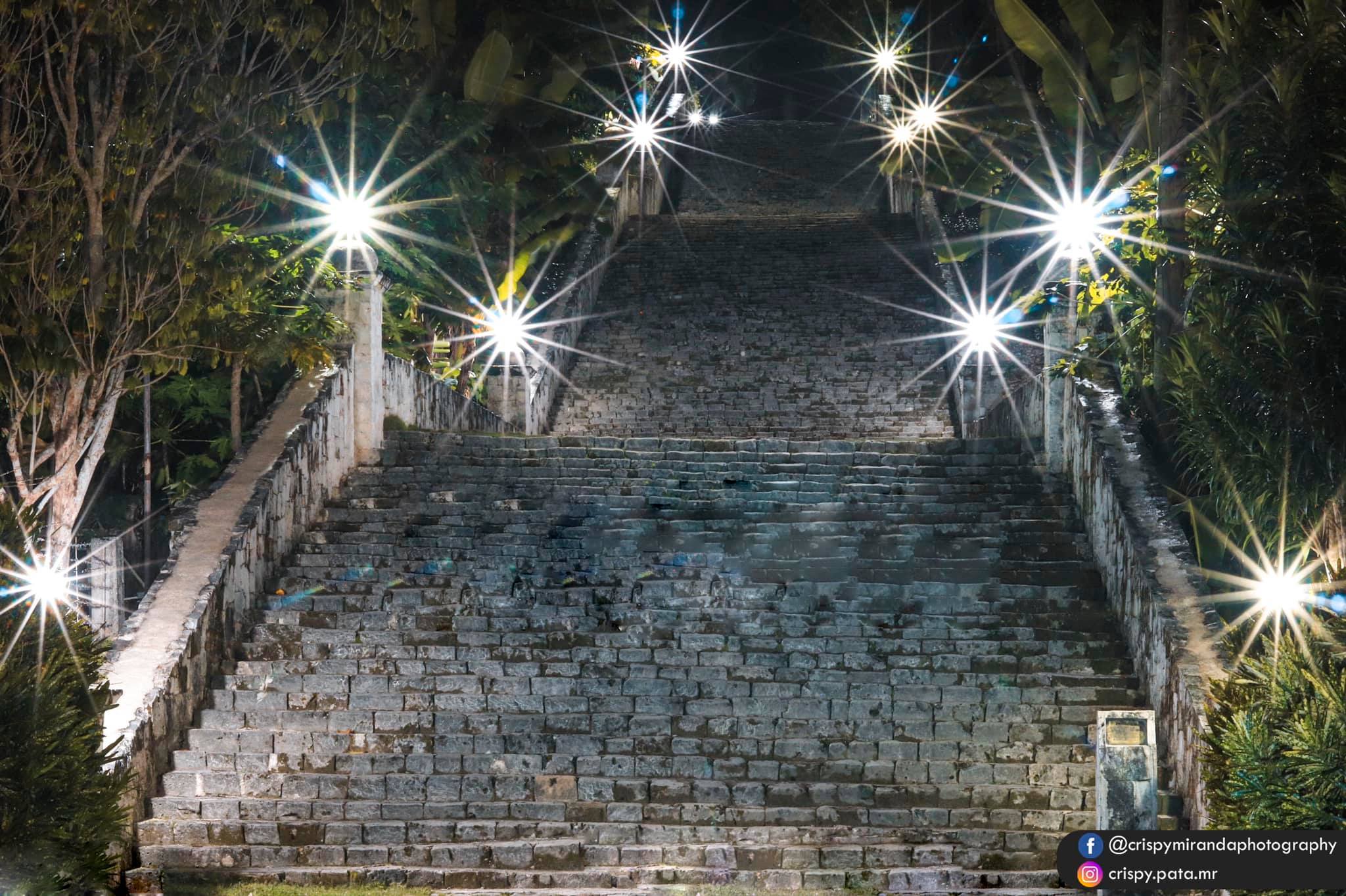
Inang-angan, Napo, Loon, Bohol
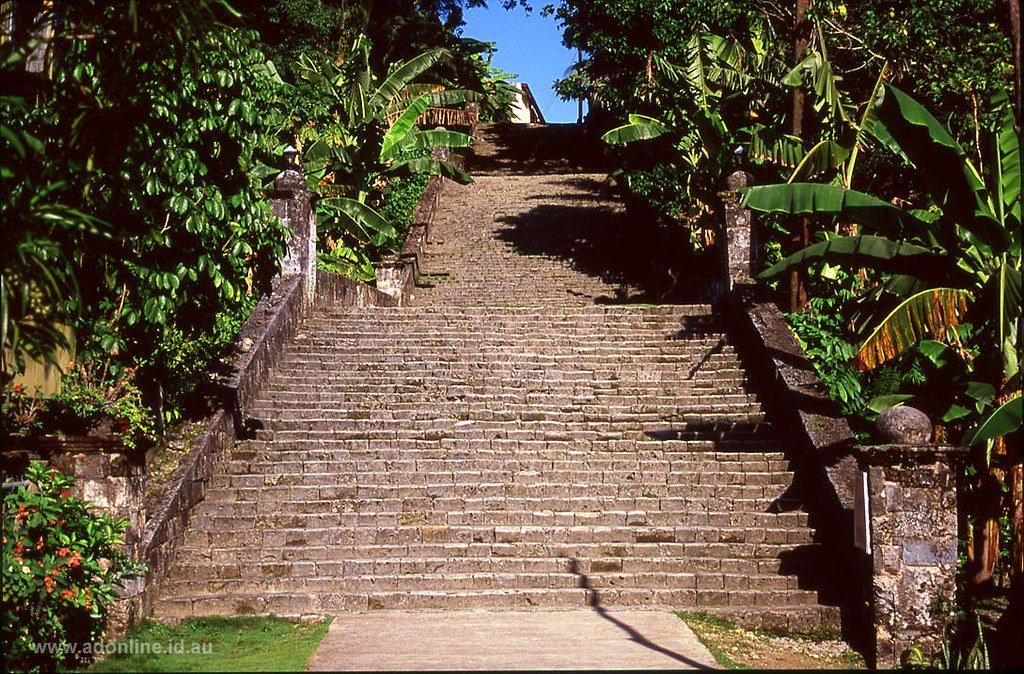
Inang-angan, Napo, Loon, Bohol
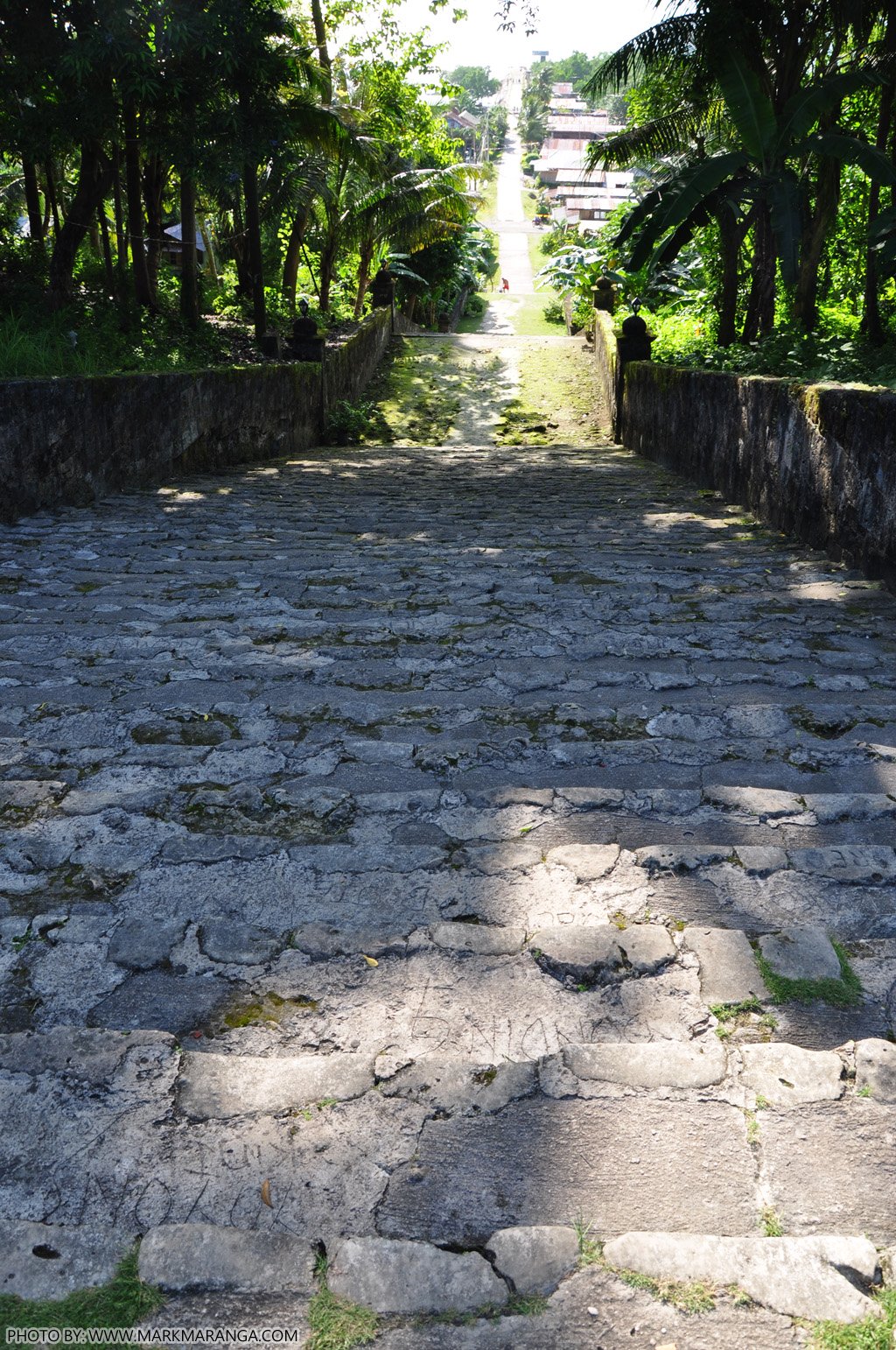
Inang-angan, Napo, Loon, Bohol
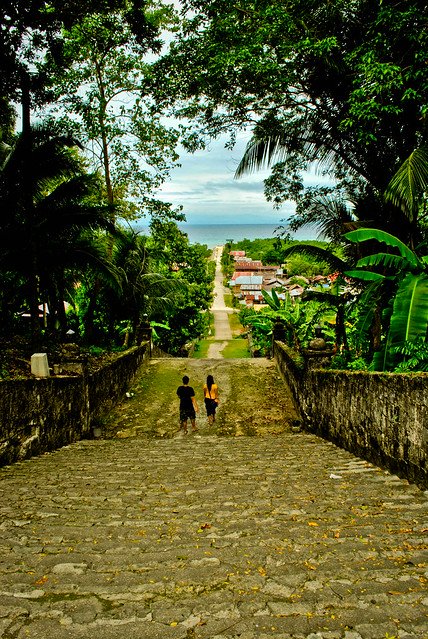
Inang-angan, Napo, Loon, Bohol
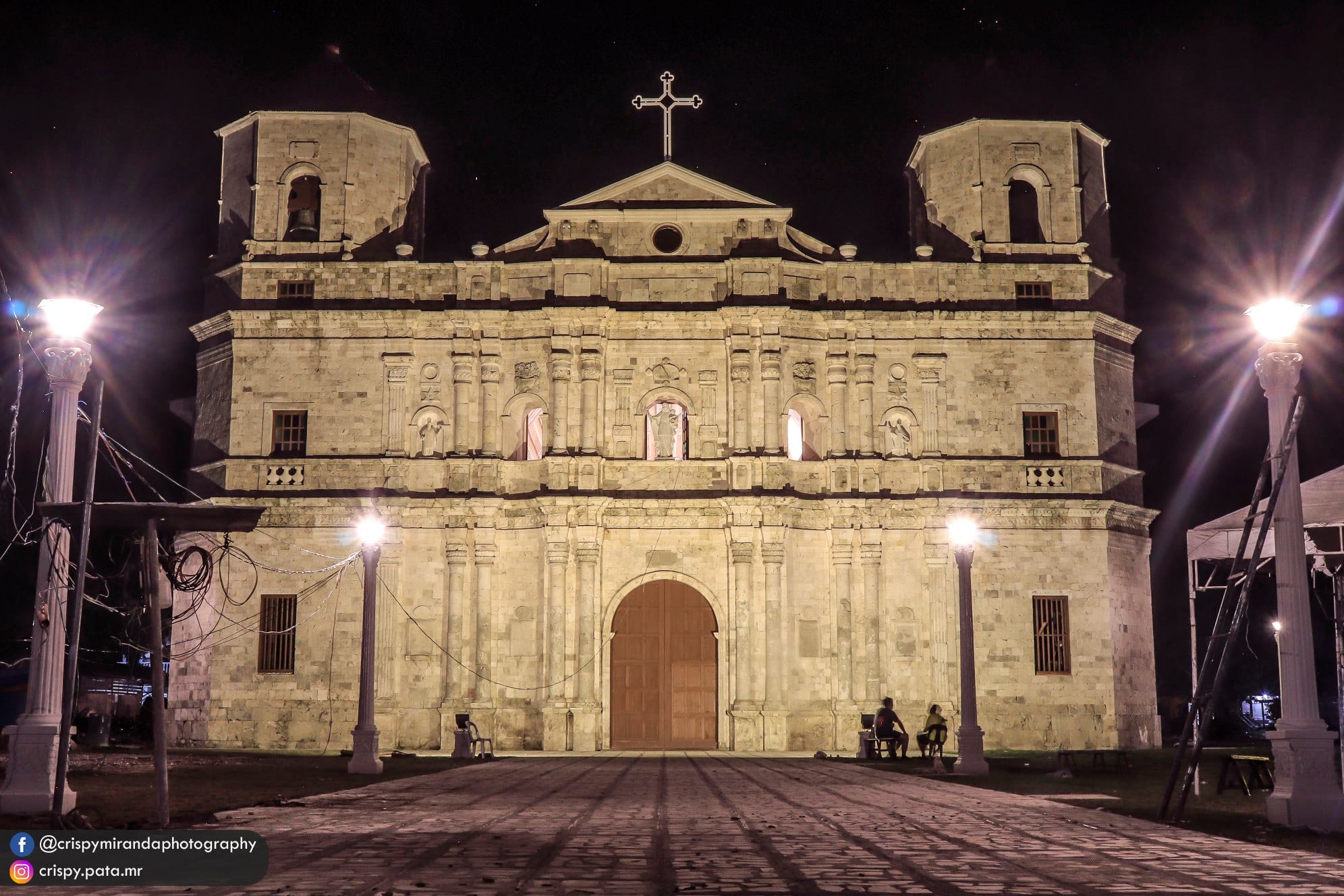
Our Lady of Light Church
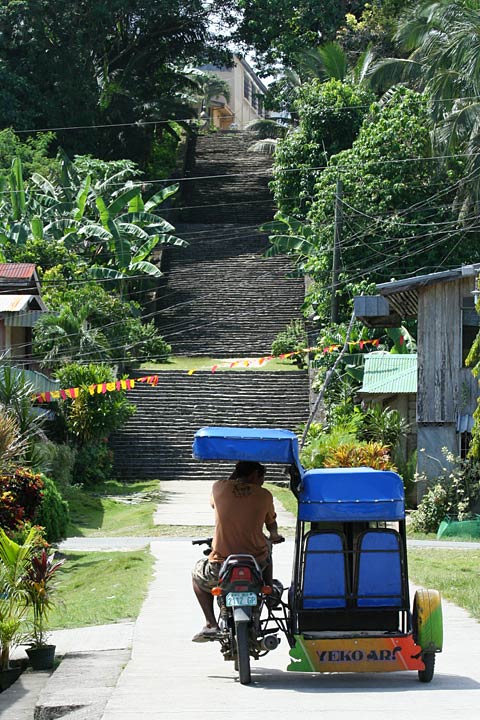
Inang-angan, Napo, Loon, Bohol
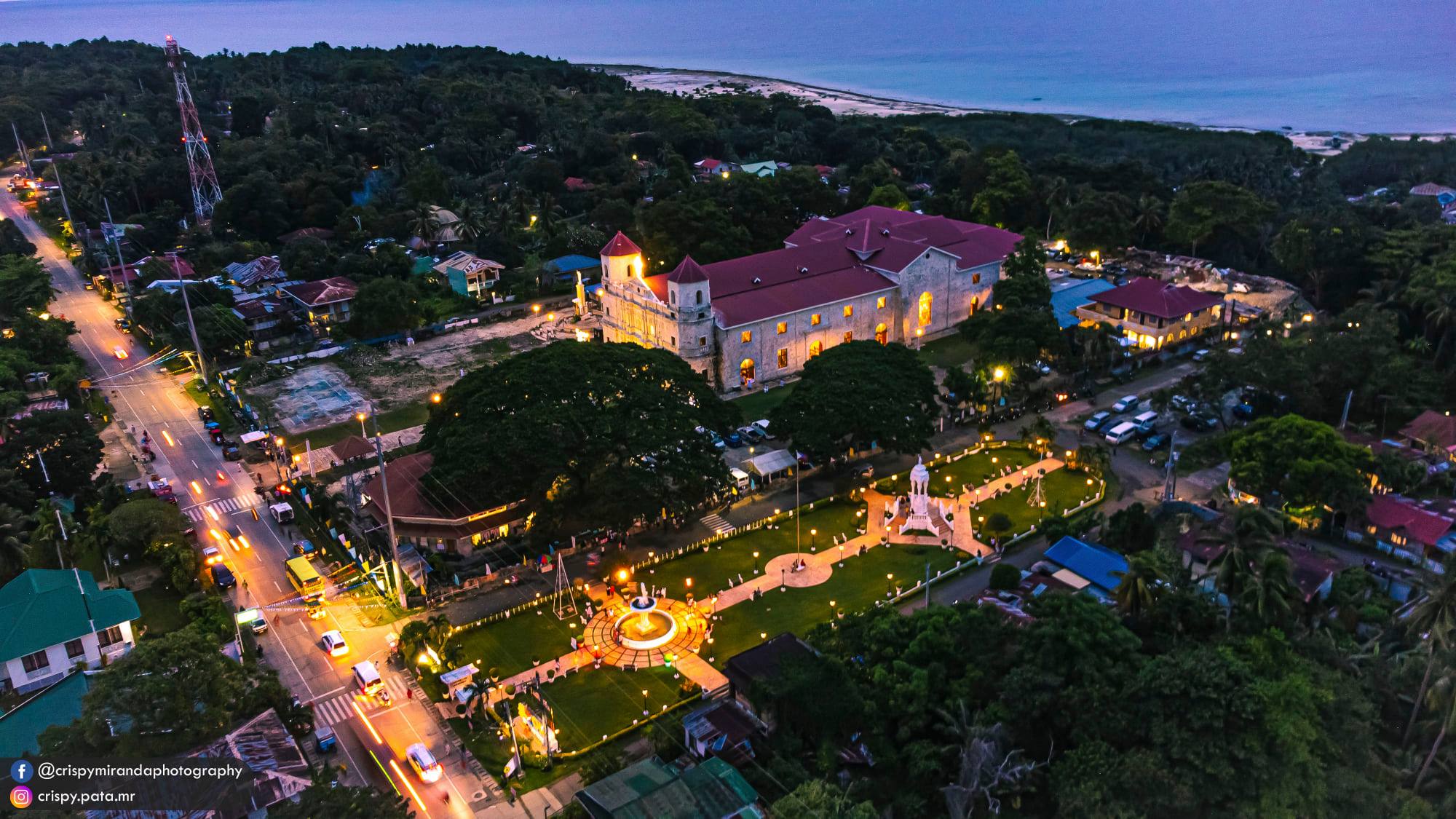
Our Lady of Light Church
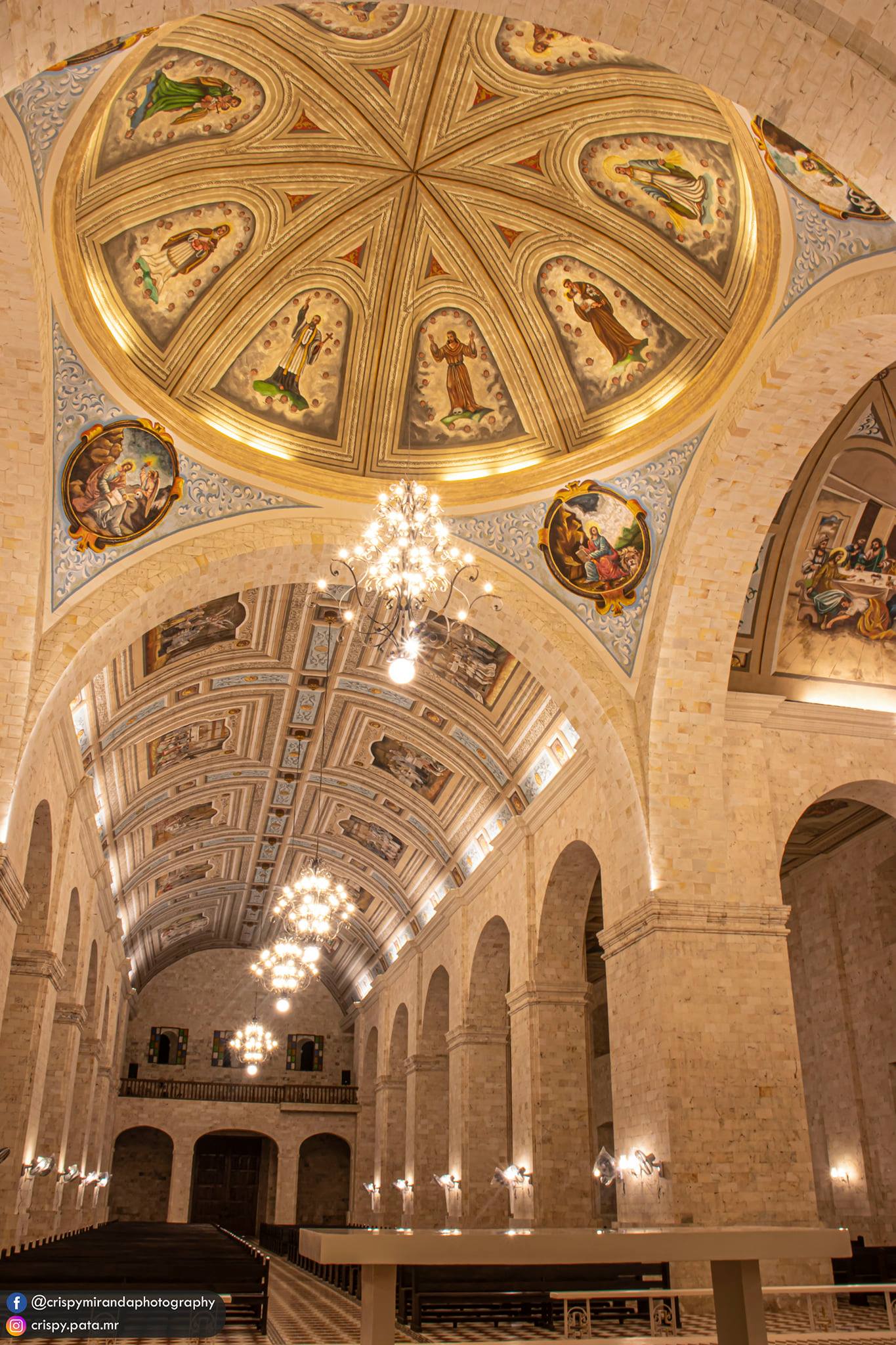
Our Lady of Light Church

Our Lady of Light Church
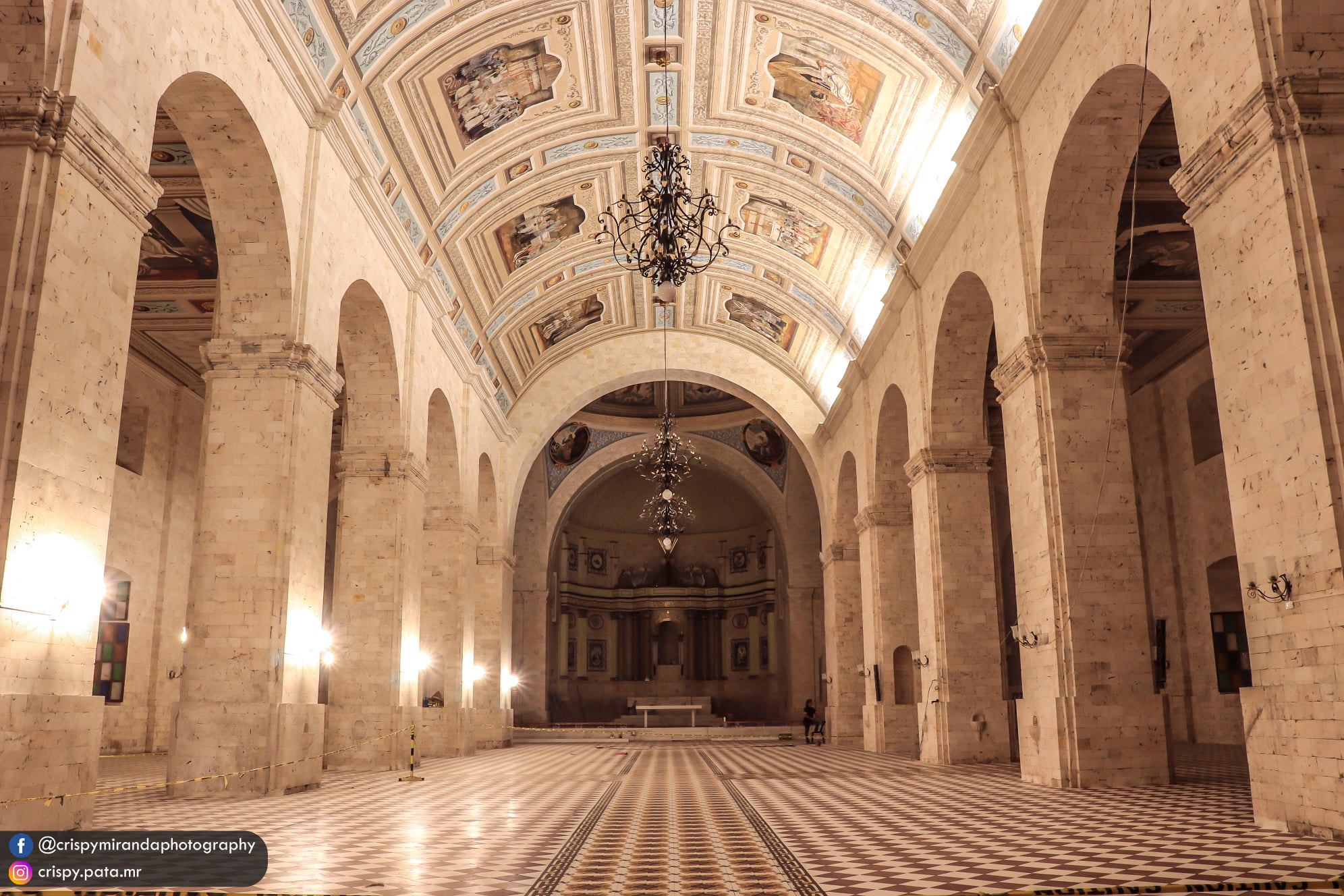
Our Lady of Light Church
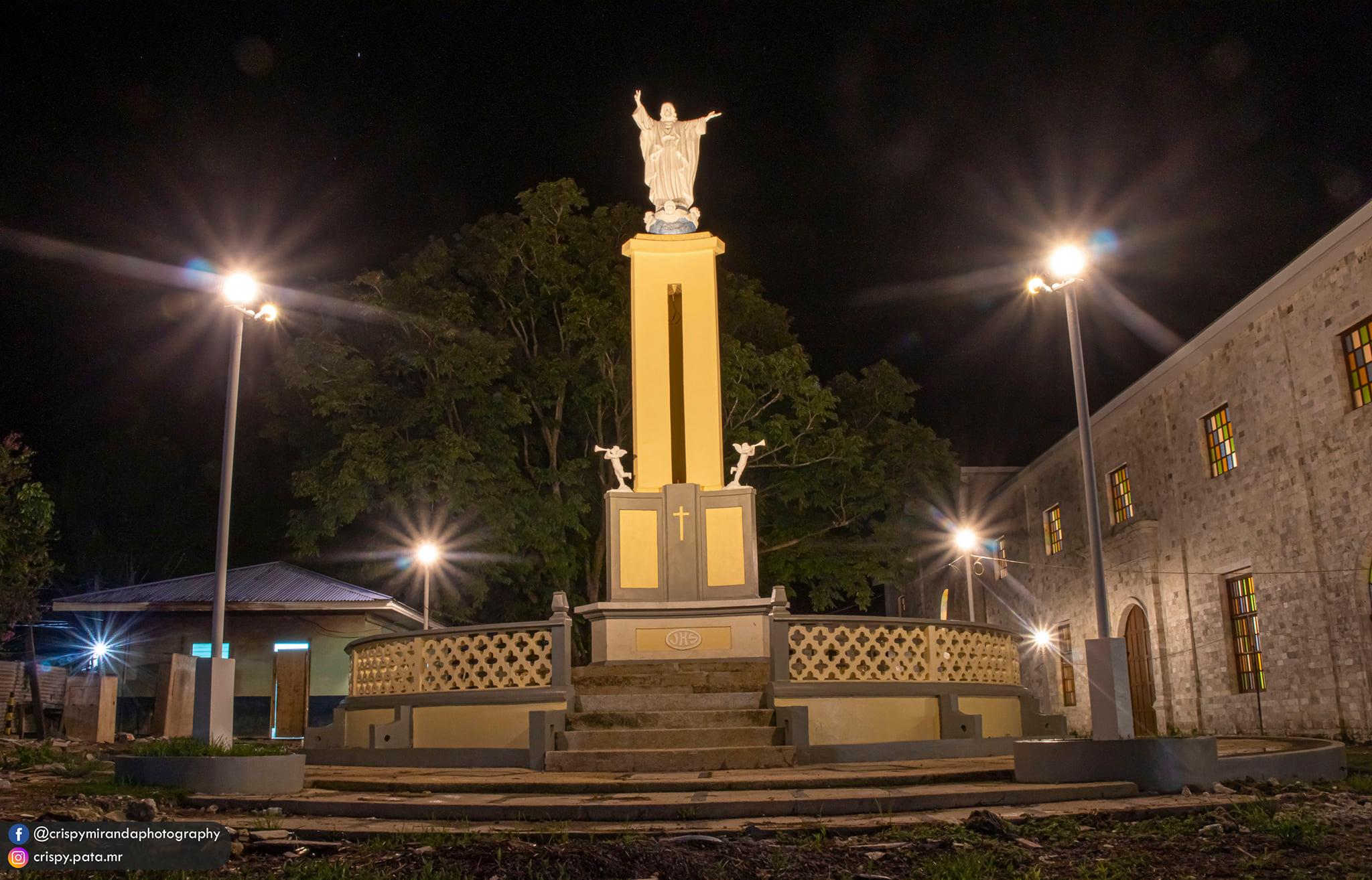
Our Lady of Light Church
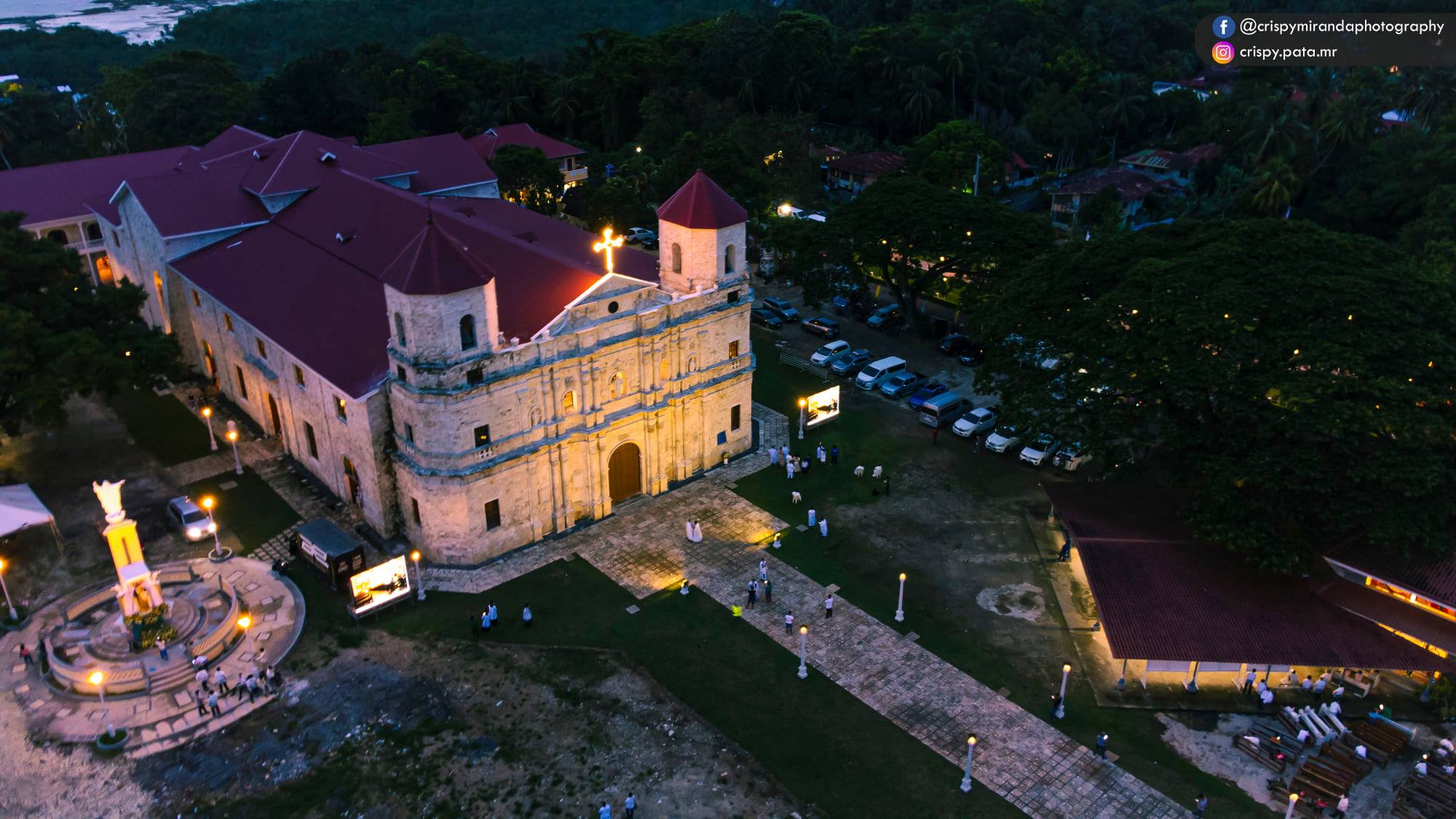
Our Lady of Light Church
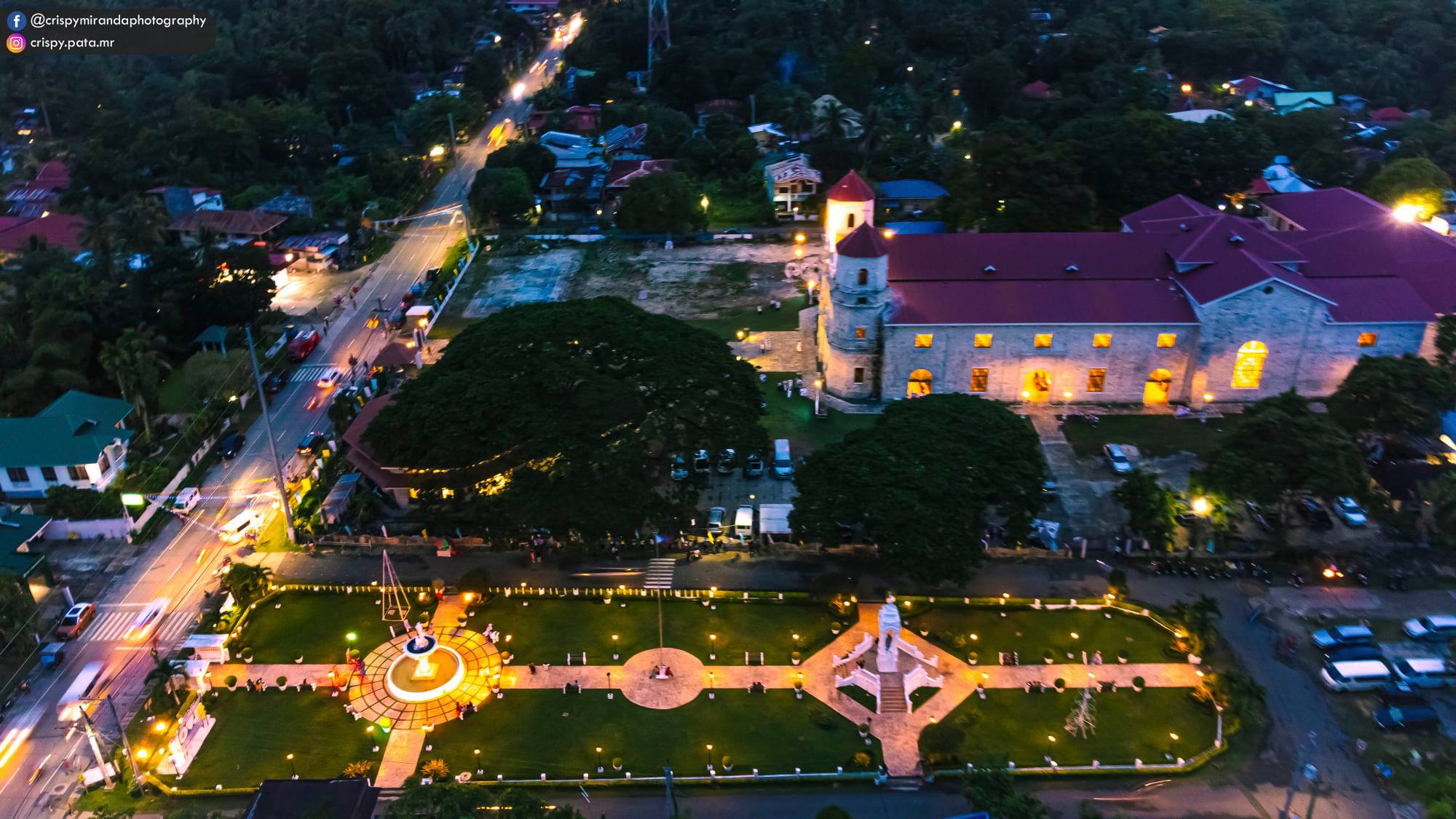
Our Lady of Light Church
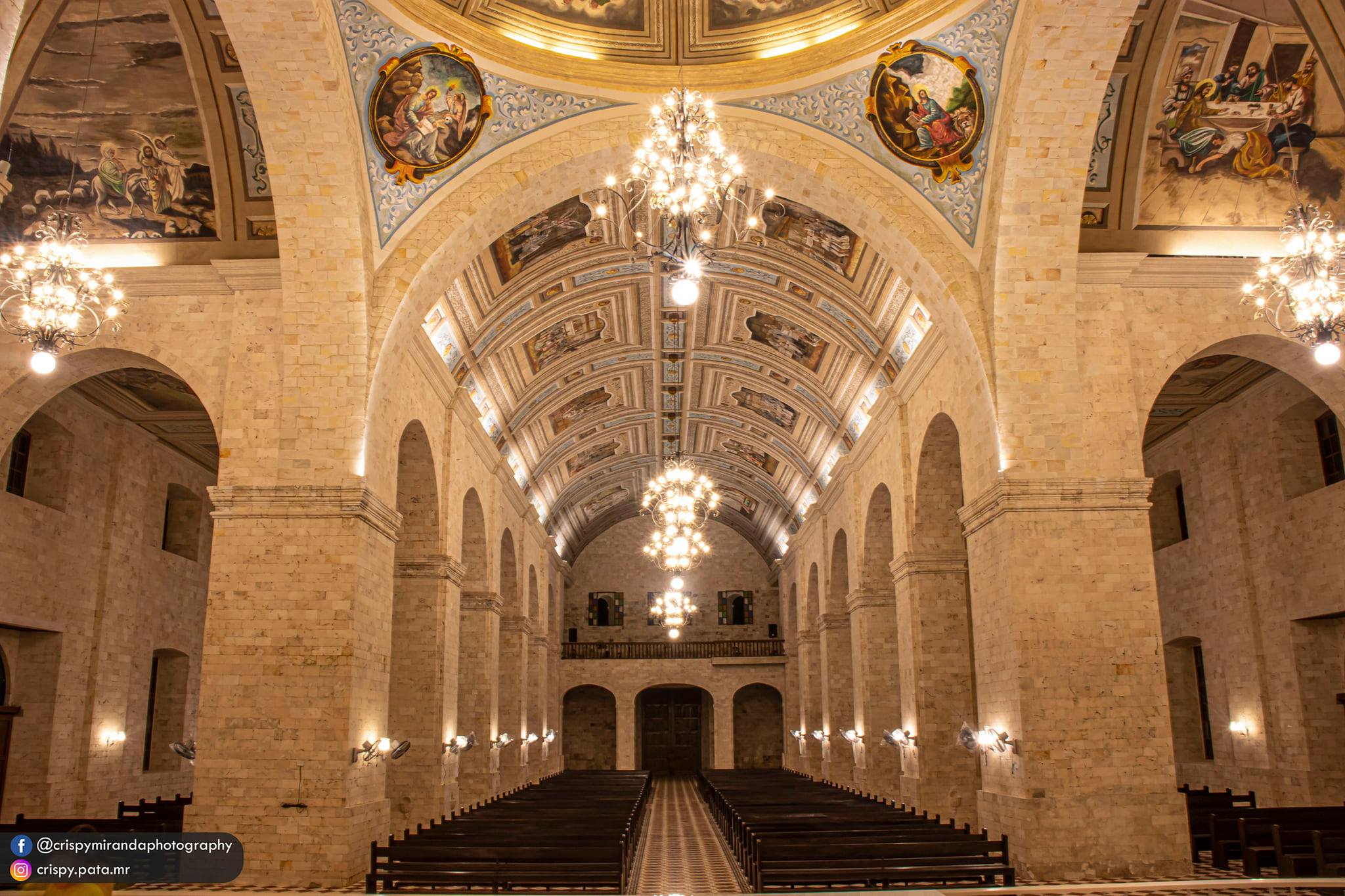
Our Lady of Light Church
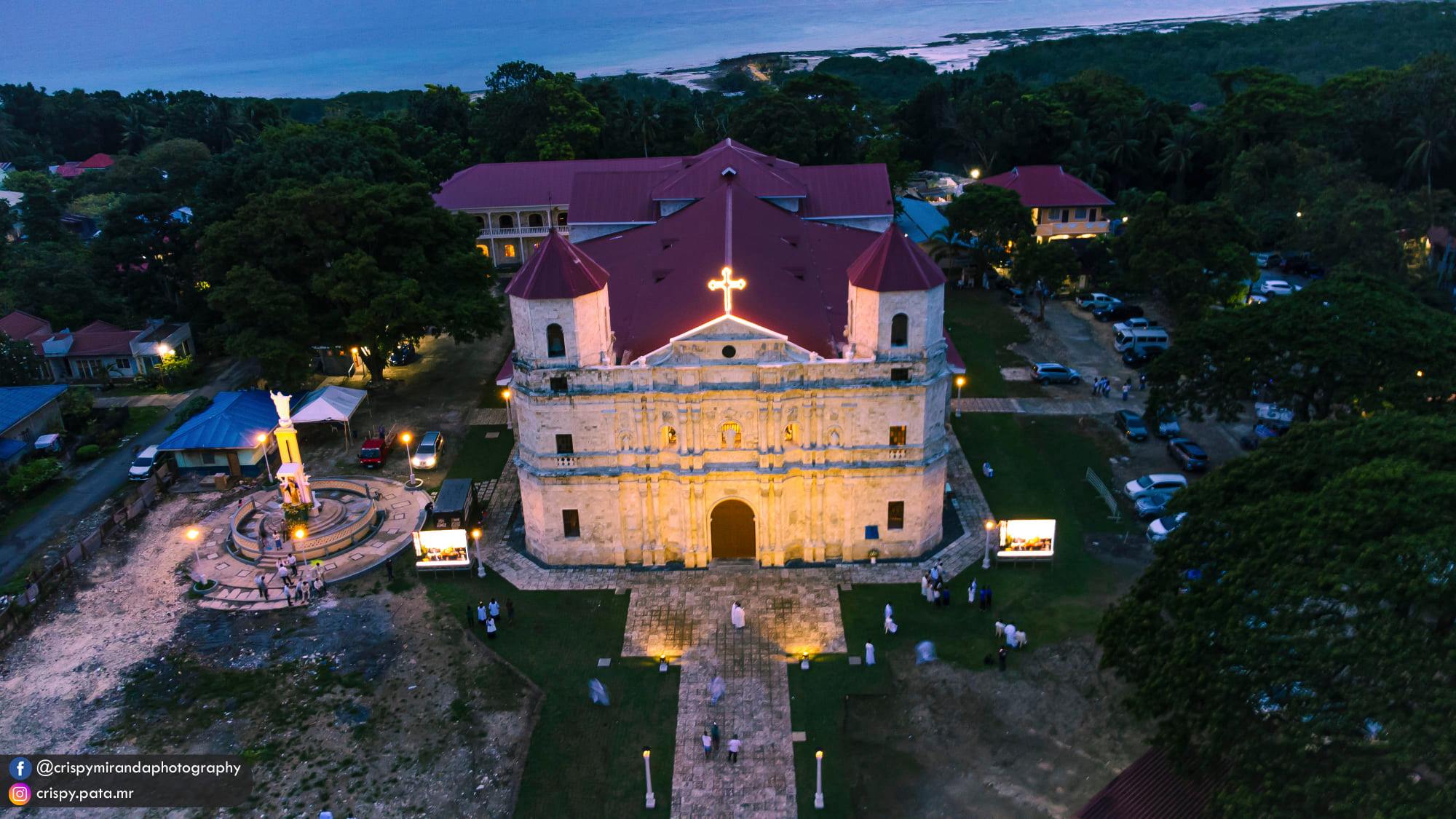
Our Lady of Light Church















Local Heritage
For ages unend, Loon had been witnessing history unfold on its very soil. Standing with all their majesties, historical sites and local heritages reflecting Loon’s rich historical and cultural roots are found imposingly erected in the heart of the town. That being said, let us take a sneak-peak of Loon’s centuries-old history made tangible!
Our Lady of Light Parish Church (Nuestra Señora de la Luz Church)
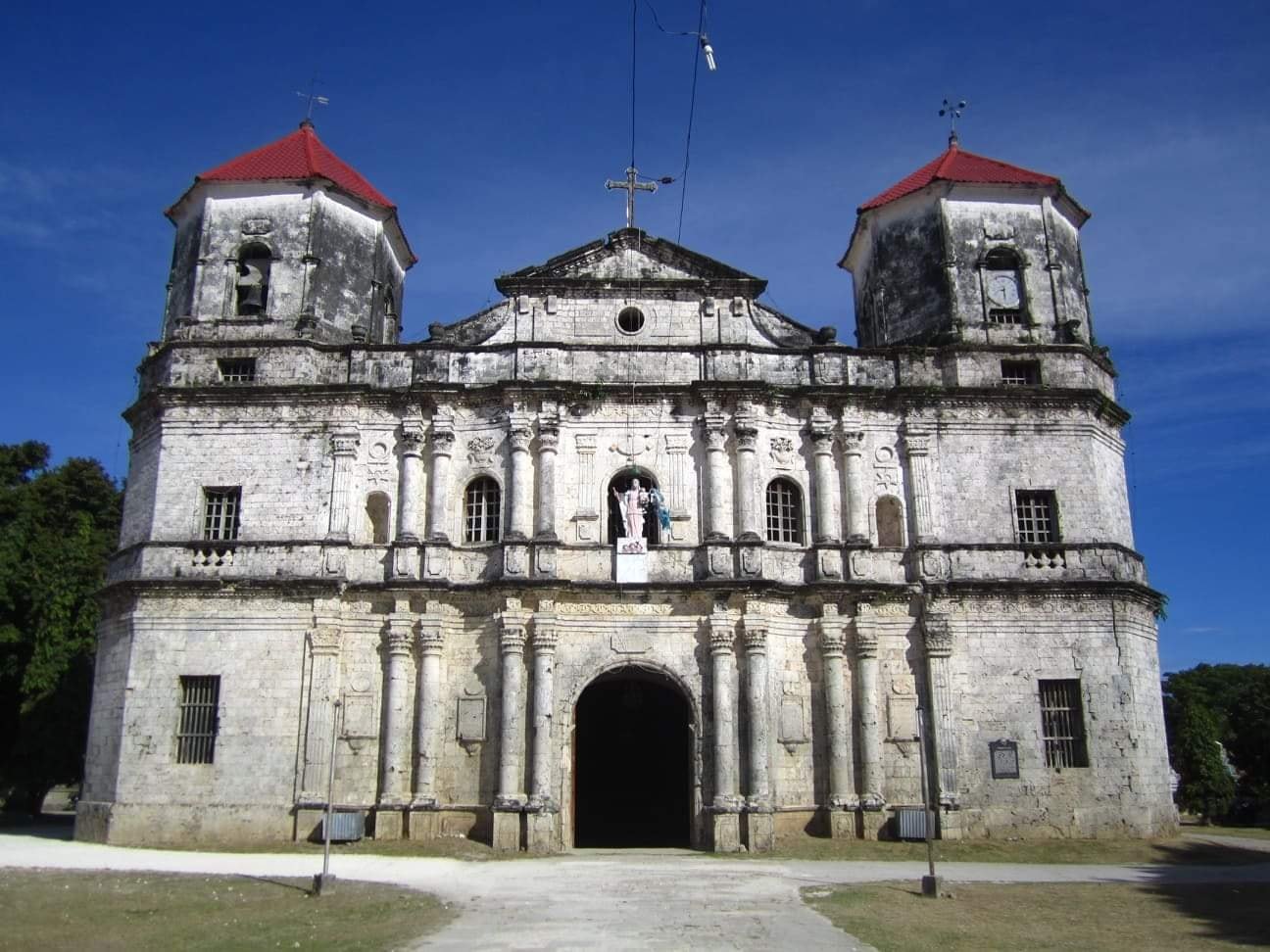
One of the most significant historical landmarks in Loon is its centuries-old church, originally built in the mid 18th century. The church had been repeatedly reconstructed, after its numerous damages through the years.
The Nuestra Señora de la Luz Church was originally erected in Napo, but was later moved to Moto after the persistent pirate attacks along the coast of its former location. During the stretch of the Spanish regime, the stone church served as a fortress, guarding the town from the Moro raiders. For some reasons, it was burned twice in 1850 and 1853 save for its façade, and was once again reconstructed between 1855 and 1864 before its completion in 1890 with one Raymundo Francia as the one responsible for its interior paintings in 1938.
In December of 2010, the Loon Church was declared a National Cultural Treasure by the National Museum of the Philippines after the National Historical Commission of the Philippines declared it as a National Historical Landmark five months earlier, July of the same year.
Having withstood the test of centuries, the towering heritage stood mighty, at least, until one fateful day, when faith found a way to literally and figuratively shake its very core. It was on October 15, 2013 when a 7.2 magnitude earthquake reduced the Our Lady of Light Church into miserable ruins. However, the real “light” has always been within the hearts of the people, and just as how the Loonanons rose from utter despair into a yet again stronger community, the Nuestra Señora de la Luz Church was re-erected and re-opened on September 7, 2021, bannering the townsfolks faith once more.
HOW TO GET THERE?
By Bus or Public Transportation– From Tagbilaran City, one must travel for approximately 37 minutes, 27 kilometers, and 50.00 pesos to Loon Proper, although, it may only take about 25 minutes with a use of a private vehicle. In the heart of the town, the old-fashioned, behemoth of church can be seen left of the National Highway right before the Loon Public Plaza. From Tubigon, it can be seen on the right, after the Loon Public Plaza.
The Inang-angan Stairway on the other hand, was once connected to the church thus, located relatively close to it. It can be easily accessed via a short walk along the alleyway just beside the church or the plaza.
Inang-angan Coral Stairway
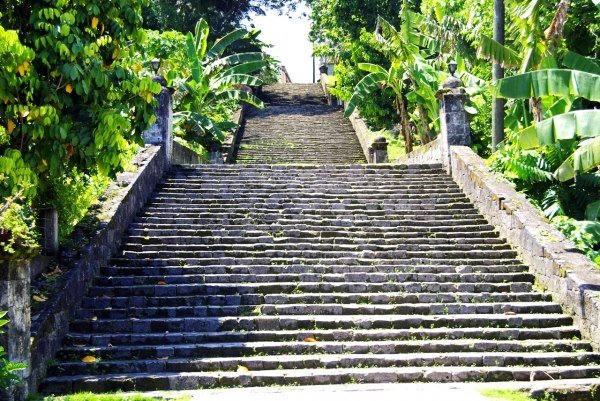
Constructed in the 1840’s as a way to bridge the coastal life of Napo with that of the mainland, this grand staircase of four (4) flights and 174 steps holds a past far more intriguing that it shows.
Back in the olden days, traversing unchartered trails had been the people’s only way of keeping the trading of goods and services going- a number of Loonanons falling into the pit of casualties in the process. Only when the Inang-angan stairway was constructed between 1847 to 1849 did trading become way efficient than it ever was and casualties- totally eliminated. The Inang-angan also played a crucial role in the reconstructions of the parish church.
The promenade concludes in the fish port where visitors can gaze at the majestic views of the sea, marvel the mysteries hidden beneath the shade of the mangrove areas, and be amazed by the mountains of Loon from below. Additionally, a fifth flight of 38 steps leading to the convent at the back of the Our Lady of Light Church summed up the total number of Inang-angan steps into 212 all in all.
“Ang-ang ang ang-ang sa Inang-angan”, it’s what they say. The history and its unparalleled aid on the townspeople, however, never once fell short.
HOW TO GET THERE?
By Bus or Public Transportation– From Tagbilaran City, one must travel for approximately 37 minutes, 27 kilometers, and 50.00 pesos to Loon Proper, although, it may only take about 25 minutes with a use of a private vehicle. In the heart of the town, the old-fashioned, behemoth of church can be seen left of the National Highway right before the Loon Public Plaza. From Tubigon, it can be seen on the right, after the Loon Public Plaza.
The Inang-angan Stairway on the other hand, was once connected to the church thus, located relatively close to it. It can be easily accessed via a short walk along the alleyway just beside the church or the plaza.
